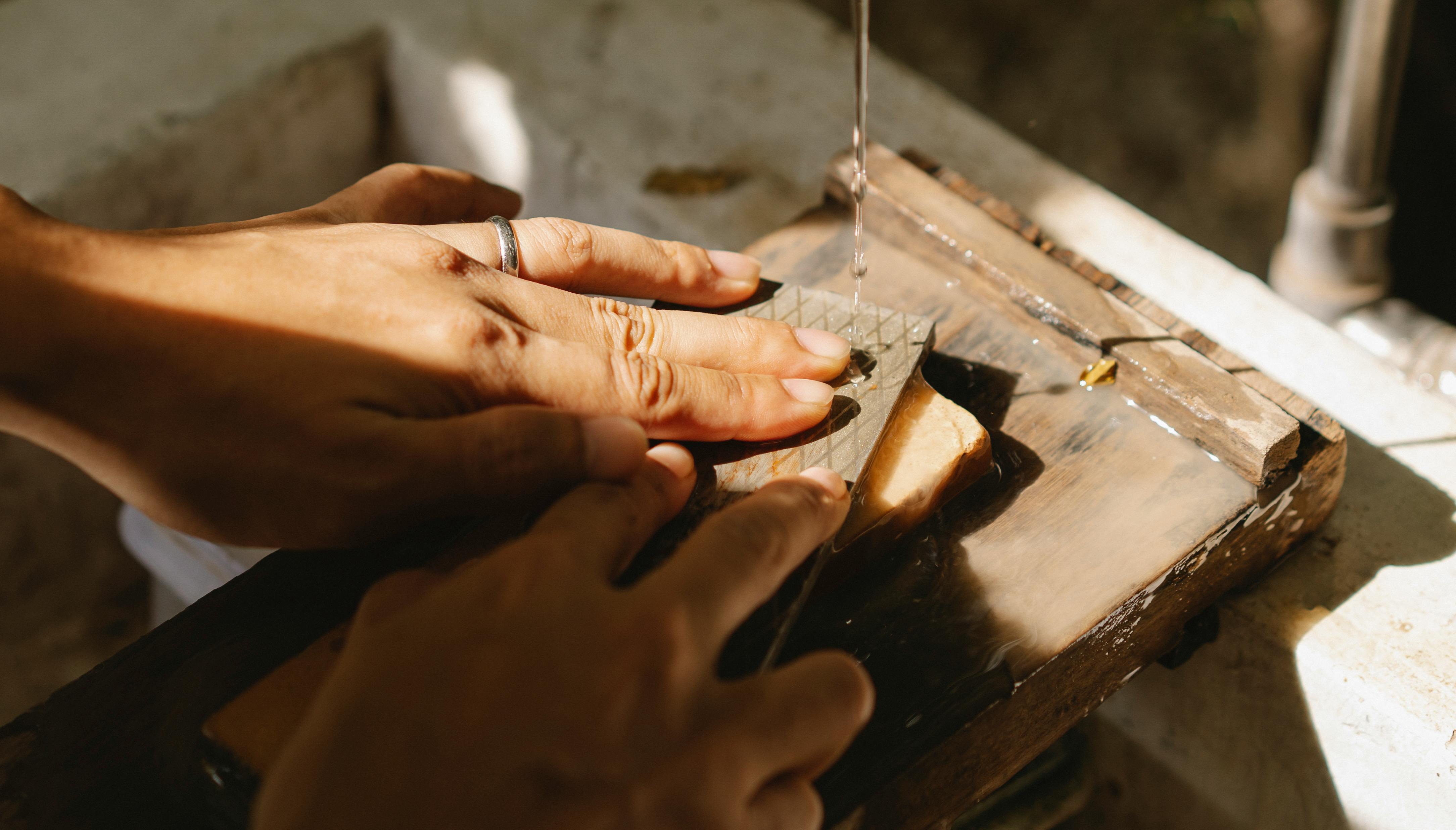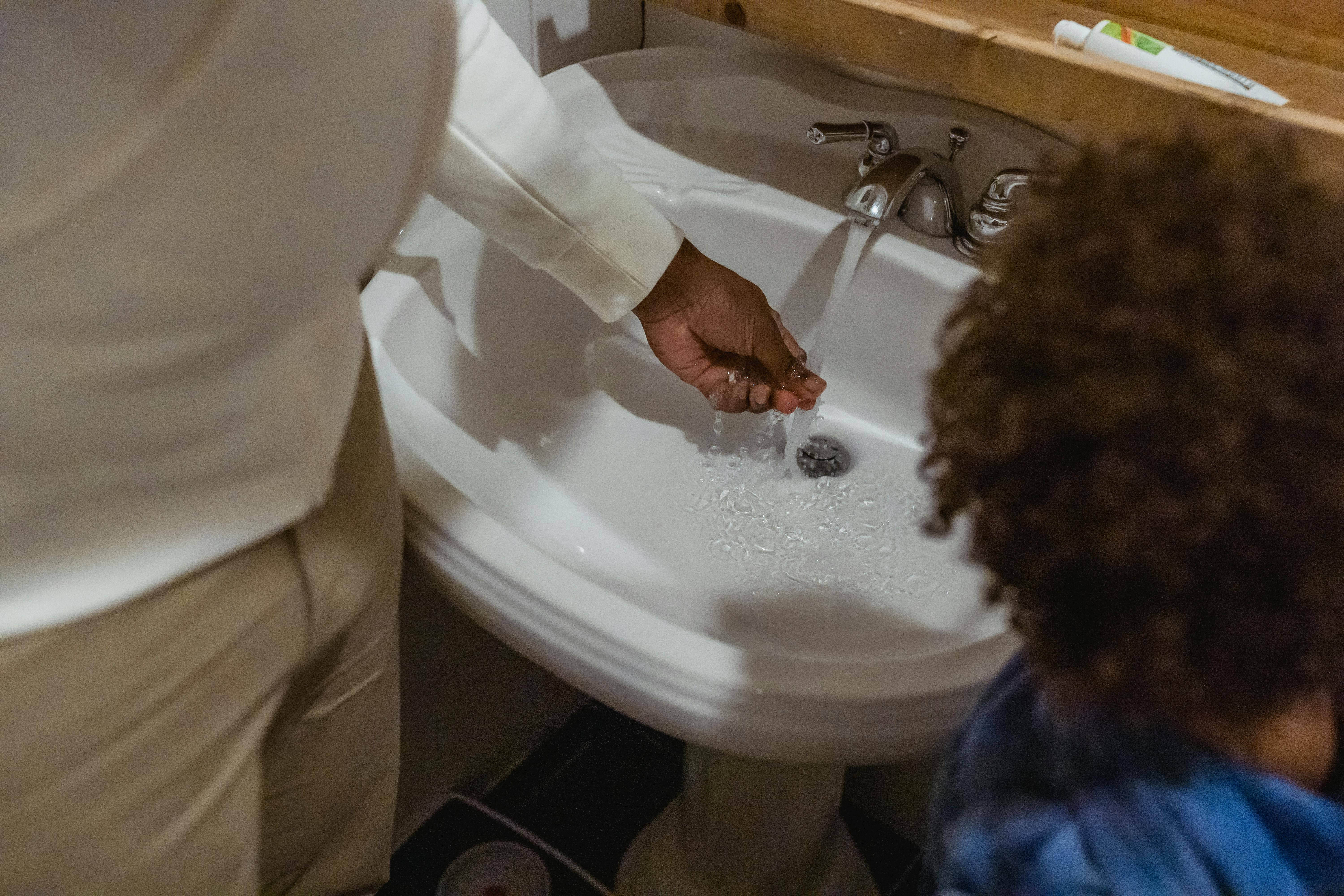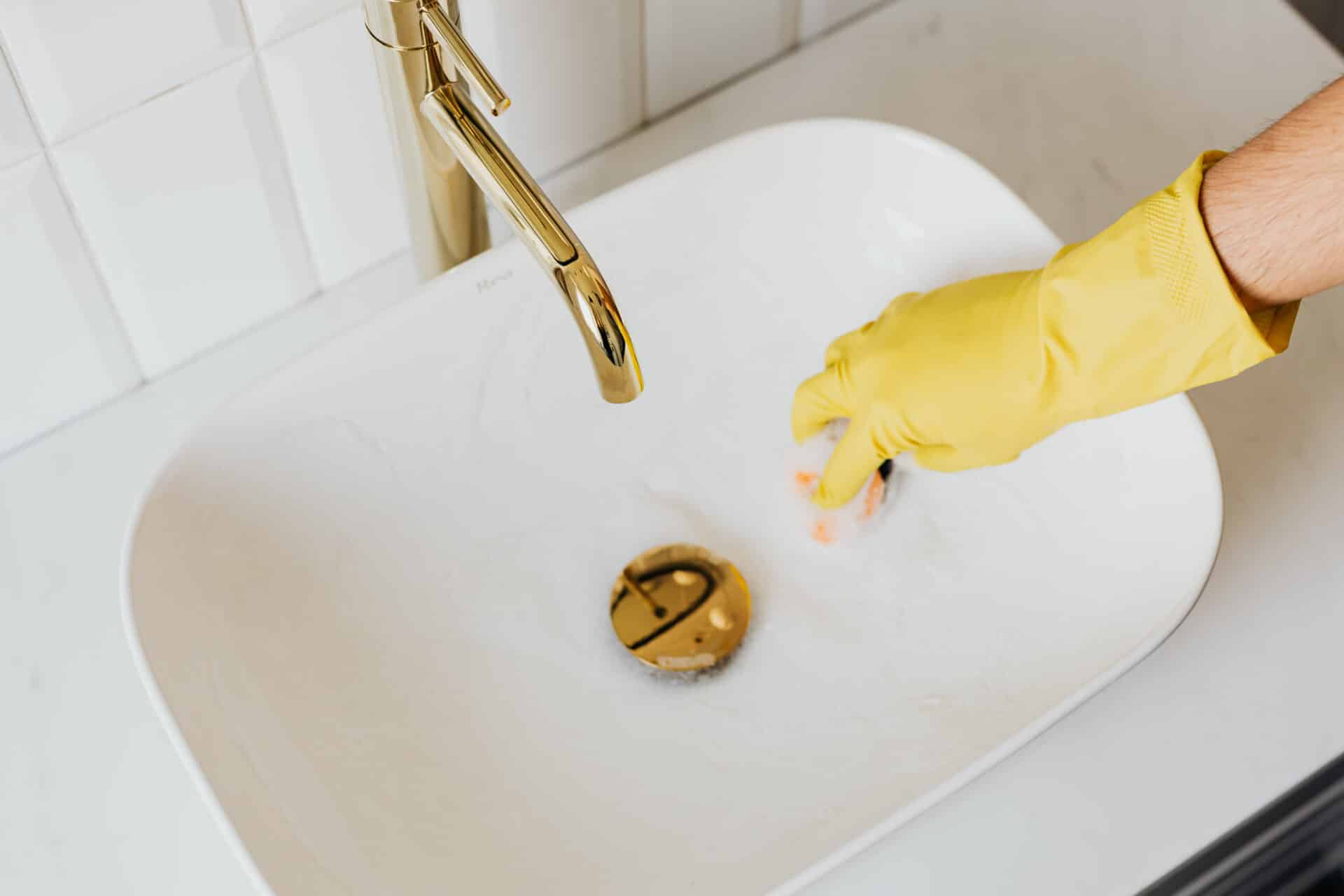Distilled water is a popular choice for many people due to its purity and lack of contaminants. It is often used in laboratories, aquariums, and homes for drinking, cooking, and other household needs. Fortunately, you can make distilled water from tap water using a few simple steps. With the right equipment and some patience, you’ll be able to enjoy the benefits of distilled water without having to purchase it from the store.Distilled water is water that has been purified through a process of distillation, which involves boiling the water and then condensing the steam back into a liquid. This process removes impurities, including minerals and other contaminants, from the water. Distilled water is often used in laboratories, medical settings, and in the production of certain products, such as electronics and automobile parts.
Advantages of Distilled Water
Distilled water has several advantages that make it popular for use in many different applications. One of the main advantages of distilled water is that it is free from impurities and contaminants. This means that it is much safer to drink than regular tap water, which may contain contaminants such as lead, chlorine, and other harmful chemicals. In addition, distilled water also has a neutral pH level, making it safe to use for cooking and drinking purposes.
Another advantage of distilled water is its lack of minerals. Since minerals can affect the taste of food and beverages, removing them from the water can make them taste better. This is especially important when making coffee or tea, as the flavor can be negatively affected by too many minerals in the water. Distilled water also has a longer shelf life than regular tap water, as bacteria cannot live in the absence of minerals.
Finally, distilled water is relatively inexpensive to produce and purchase when compared to other types of purified waters such as reverse osmosis or carbon filtered waters. This makes it a great option for those on a budget who still want to ensure their drinking water is safe and clean.
How to Make Distilled Water at Home
Making distilled water at home is a simple process that requires minimal equipment. All you need is a heat-resistant bowl, a pot, and some ice. With these supplies, you can create your own distilled water in just a few steps. Here’s how to do it:
First, fill the pot with water and bring it to a boil. Once the water is boiling, reduce the heat and place the heat-resistant bowl on top of the pot. The bowl should be slightly smaller than the pot so that it sits securely on top of it.
Next, fill the bowl with ice cubes and wait for the water to condense on its surface. As the steam rises from the boiling pot below, it will hit the cold surface of the bowl and turn into liquid droplets which will then drip down into a container placed beneath it. This condensed liquid is now distilled water.
Finally, once all of the steam has condensed into droplets and collected in your container, turn off the heat and carefully remove the bowl from atop of your pot. Your distilled water is now ready for use!
Making distilled water at home is an easy process that can be done with minimal effort. If you have access to these simple supplies, you can make your own distilled water in no time!
Requirements for Making Distilled Water from Tap Water
Making distilled water from tap water requires a few basic materials and steps. Firstly, you need access to a source of tap water. This could be from a sink, faucet, or other source. Secondly, you need a distilling apparatus. This could be as simple as a large pot with lid and tubing or an electric distiller. Thirdly, you will need a clean container to collect the distilled water in. This could be either glass or plastic. Once these items are gathered, you can begin distilling the tap water.
The process starts by filling the pot with the tap water and placing it over heat source such as stovetop burner or hot plate. The lid of the pot should have an opening for the tubing to fit through so that when steam is created inside the pot it can escape through the tubing and into the collection container. As this happens, the steam will condense into liquid form on contact with cooler surfaces and collect in the container as distilled water. Keep an eye on this process to ensure that none of the condensed liquid overflows from your collection container.
Finally, it is important to filter and sterilize your distilled water before consumption or use in other applications such as laboratory experiments or medical treatments. To do this, you can use a charcoal filter or other type of filter depending on your needs before pouring it into its final destination such as bottles or jugs for storage or immediate use. By following these steps you can easily make distilled water from tap water at home safely and conveniently.
Preparing the Equipment for Making Distilled Water from Tap Water
Making distilled water from tap water is a relatively simple process that requires minimal equipment. To get started, you will need a distillation unit, a container to collect the distilled water, and a heat source. It is important to make sure that all of the equipment is clean and in good working order before beginning the distillation process.
The distillation unit should be made of a non-reactive material such as stainless steel or glass. It should also have an airtight lid to prevent contaminants from entering the distilled water during the process. The container used to collect the distilled water should also be made of a non-reactive material and should have an airtight lid. This will help to keep the distilled water free from contaminants as well.
The heat source can be any type of stove or burner that can reach temperatures high enough to boil the tap water. It is important to make sure that there is adequate ventilation when using a stove or burner, as the steam created during distillation can be hazardous if inhaled in large quantities. Once all of the necessary equipment has been gathered, it can then be assembled according to the instructions provided with it.
When assembling the equipment, make sure that all connections are secure and that there are no leaks in any of the components. This will ensure that any contaminants present in the tap water are not transferred into your distilled water during processing. Once everything has been properly assembled and secured, it is ready for use in making distilled water from tap water.

Boiling the Tap Water
Boiling tap water is one of the easiest and most effective ways to make water safe for drinking. By bringing the water to a rolling boil for at least one minute, any microorganisms that may be present in the water will be killed. Boiling is especially effective against viruses and bacteria, but it does not remove chemical pollutants from the water. Boiling tap water will also remove bad tastes and odors from the water.
It is important to note that boiling tap water may not always make it safe to drink. If there are high levels of lead or other heavy metals in your tap water, boiling can actually concentrate these contaminants, making them even more dangerous to your health. It is also important to use clean utensils when boiling your tap water; dirty cookware can introduce additional contaminants into your drinking water.
If you are unsure about the safety of your tap water, consider using a home filtration system or contact your local environmental health department for more information about testing your drinking water supply. Boiling remains one of the most reliable ways of making tap water safe for drinking, but other measures should also be taken when necessary.
Collecting the Condensed Vapor
The process of collecting the condensed vapor is essential for industrial production. The condensed vapor is collected from various sources and condensed into a liquid form. This liquid form is then used in various industrial processes. In order to collect the vapor, it needs to be cooled down to a temperature where it will condense into a liquid form. Once it is cooled down, then the condensed vapor can be collected and used for industrial processes.
The process of cooling down and collecting the condensed vapor requires specialized equipment such as condensers, chillers, and evaporators. The condensers are typically used to cool down the vapor while the chillers are used to maintain a constant temperature of the liquid product. The evaporators are used to collect and separate the condensed vapor from other components in the mixture. Additionally, some systems may require additional components such as pumps and filters which help to further separate out any remaining particles from the condensed vapor.
Once all of these components have been installed, then it’s time for collecting the condensed vapor. This process involves using a collection vessel which has been designed specifically for this purpose. The collection vessel needs to be large enough in order to accommodate all of the vapors that need to be collected and also needs to be able to withstand any pressure changes due to changes in temperature or pressure levels within its environment.
Once all of these components have been installed properly, then it’s time for collecting the condensed vapor into its liquid form. This process involves using specialized pumps or suction devices which help move the vapors into their respective collection vessel. Once they have been collected, they can then be stored or further processed depending on their intended application. Collecting and storing these vapors correctly helps ensure that they remain safe while also ensuring that they can be used as needed in various industrial processes later on.
Collecting Rainwater
Rainwater can be collected from roofs, hard surfaces and other catchment areas. The most common way to collect rainwater is by using a rain barrel or cistern. Rain barrels usually consist of a large container with an overflow pipe and a tap for drawing off the collected water. Cisterns are usually larger, more permanent structures that can hold thousands of gallons of water. In some cases, cisterns may be connected directly to guttering or downpipes from roofs. Both rain barrels and cisterns should be covered to protect the water from contamination.
Treating the Collected Water
Rainwater collected in rain barrels or cisterns should be treated before use because it may contain pollutants from the atmosphere, including bacteria, viruses and other microorganisms. Treating rainwater can involve the use of ultraviolet light or filtration systems that remove particulates and bacteria from the water. If you are using your collected rainwater for drinking purposes, it is essential to have it tested by a laboratory to ensure it is safe for consumption.
Using Collected Water
Rainwater can be used for many different purposes including watering plants and gardens, topping up swimming pools, washing cars and even flushing toilets. It is important to remember that while rainwater is good for many applications around the home and garden, it should not be used for drinking water without proper treatment.
Cooling and Storing the Collected Water
It is important to keep collected rainwater cool as extreme temperatures can affect its quality over time. If you are storing your collected water for long periods of time (over 6 months), then you should consider installing a cooling system such as a pool cover or shade cloth over your collection area. This will help keep temperatures at an even level throughout summer months when temperatures can rise quickly in tanks and other storage vessels.
Additionally, storing your collected water in lidded containers will help reduce contamination from birds, insects and other animals entering your collection area. It is also important to regularly check your collection system for any leaks or damage that could lead to contamination of your stored water supply.

Conclusion
Distillation is an easy and effective way to make distilled water from tap water. It is a simple process that requires the use of a few basic materials and tools. Distilled water can be used for many purposes, such as drinking, cooking, cleaning, and more. It is important to remember that distilled water does not contain any minerals or other beneficial elements that are found in natural water sources. Therefore, it should not be used as a replacement for regular drinking water.
The quality of the end product depends on the quality of the source material and the tools used during distillation. Therefore, it is important to use clean tap water and good quality distilling equipment in order to achieve the best results possible.
In conclusion, making distilled water from tap water can be done easily with a few simple steps. It is important to use clean source material and good quality distilling equipment in order to achieve the best results possible. Distilled water can be used for many purposes, such as drinking, cooking, cleaning, and more.

